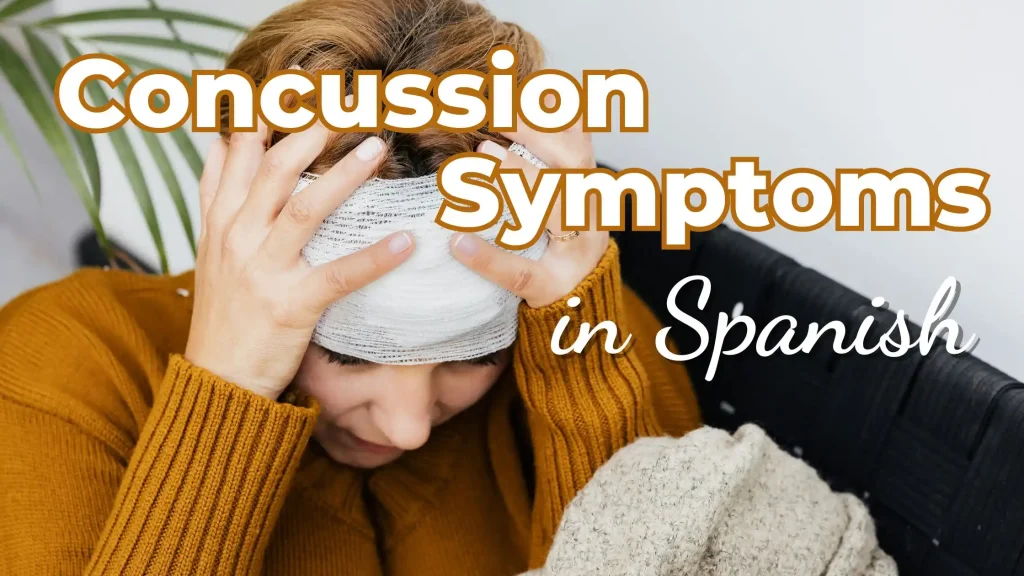If you’re anything like me (as a Spanish learner), it’s the pesky little words that can leave you feeling a little confused and frustrated at times. The personal “A” in Spanish is one of those words that doesn’t have an equivalent in English, and therefore it’s challenging to remember to add as you’re speaking Spanish.
Of course you hardly notice it when listening to someone speak, or reading Spanish… it just makes sense. Since one of your goals is to improve how you speak Spanish, let’s take a look at the Personal “A” in Spanish and see if we can help you make sense of it. We use the personal “A” in Spanish when a subject is doing an action to an object.
Check out the Personal A video for a detailed explanation and examples:
Download the lesson notes to follow along:
Some examples of the Personal “A”
Actions done to a person:
- La pediatra examina a la paciente. (The pediatrician examines the patient.)
- La mamá mira a su hija. (The mom watches her daughter.)
- La paciente no mira a la doctora, (The patient doesn’t look at the doctor,)
Actions done to an inanimate object:
- La doctora escucha el corazón y los pulmones. (The doctor listens to the heart and lungs.)
- La doctora examina los ojos, los oídos, la boca y la garganta. (The doctor examines the eyes, ears, mouth and throat.)
- Ella mira los instrumentos que la doctora usa. (She looks at the instruments that the doctor uses.)
When is the Personal A required?
Technically: When the direct object is a person
Practically: When a subject does an action to / onto another person
More examples of the Personal A
Actions done to a person – requiring the Personal A:
- La enfermera lleva a su paciente a radiografía. (The nurse takes her patient to radiology.)
- El técnico de radiografía recibe a su paciente. (The Xray tech receives her patient.)
- El doctor informa a la paciente del diagnóstico. (The doctor informs the patient of the diagnosis.)
- La paciente escucha al doctor. (The patient listens to the doctor.)
Actions done to an inanimate object – no Personal A:
- La enfermera lleva su identificación en el cordón. (The nurse wears her ID on the lanyard.)
- El técnico de radiografía recibe las instrucciones del doctor. (The X-ray tech receives the instructions from the doctor.)
- El doctor lee las radiografías. (The doctor reads the X-rays.)
- La paciente hace preguntas para entender mejor. (The patient asks questions to understand better.)






